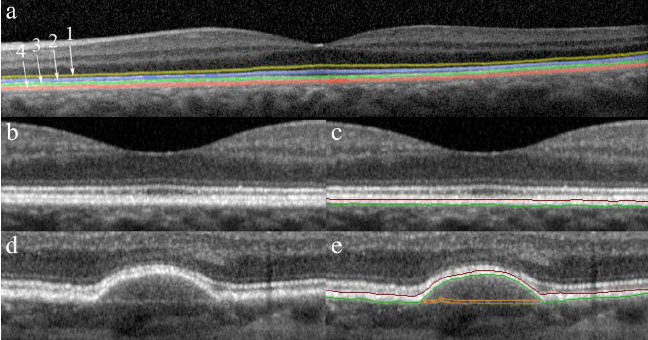
Geometric Mean in Resolutions
Making sense of axial, lateral, and spatial resolutions
Making sense of axial, lateral, and spatial resolutions
Hey there! If you've ever been perplexed by the jargon of "axial," "lateral," and "spatial" resolutions, especially when talking about Optical Coherence Tomography (OCT), you're not alone. Let's proceed with the explanations, shall we?
Axial Resolution: Think of it like this—imagine you're looking at a 3D image and you want to distinguish between two points that are stacked on top of each other, like floors in a building. That's your axial resolution; it's all about seeing clearly in the depth direction.
Lateral Resolution: Now, let's say you're still in that building, but you're looking side-to-side instead of up and down. The ability to tell apart two points on the same floor is your lateral resolution. It's all about clarity in the transverse direction.
Spatial Resolution: Here's the grandmaster of them all. Spatial resolution takes both axial and lateral resolutions into account. It's your overall sharp-eyed ability to distinguish between two points in any direction in the 3D space.
"Okay, cool. But how do I find the spatial resolution?", you might ask.
Well, we use the geometric mean for this. Unlike an arithmetic mean that could favor one number over another, the geometric mean treats both our axial and lateral resolutions equally.
Here's how it works:
Let's say your axial resolution is 2 microns, and your lateral resolution is 15 microns. To find the spatial resolution, you'll take the square root of (2 multiplied by 15), which gives you a spatial resolution of approximately 5.48 microns.
Simple, right? 🌟
So, the next time someone tosses around these terms, you can nod sagely and say, "Ah, yes, the geometric mean, of course."
Tobiloba Adejumo Newsletter
Join the newsletter to receive the latest updates in your inbox.


